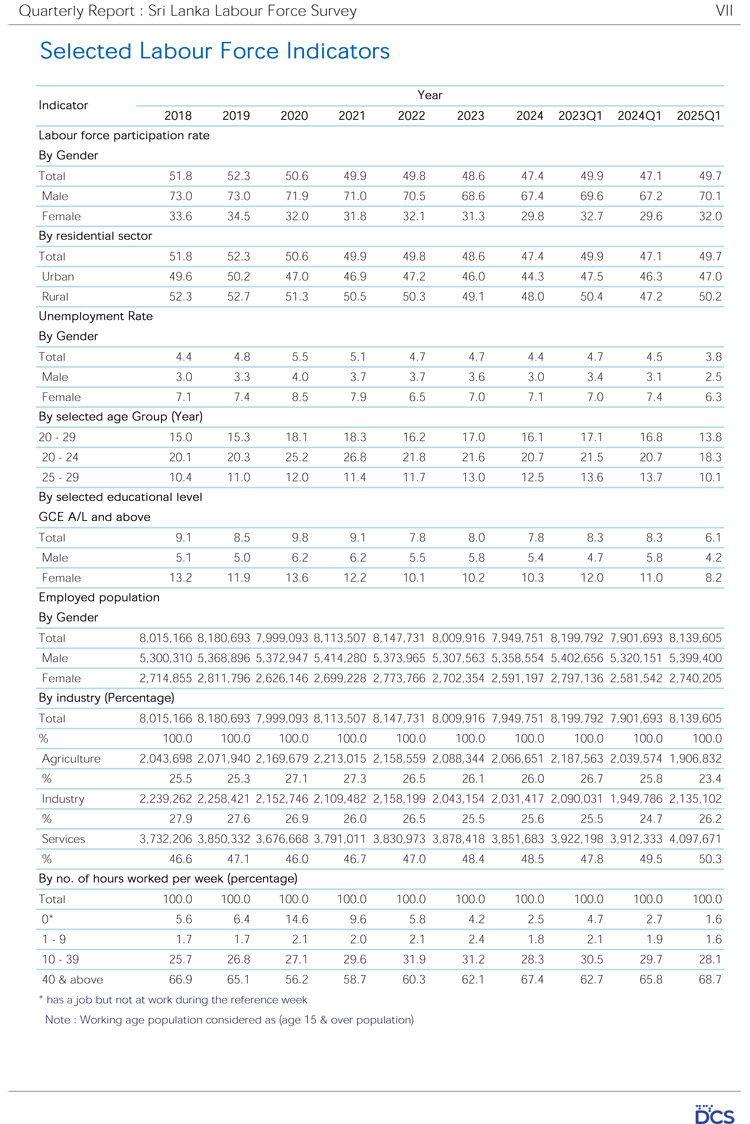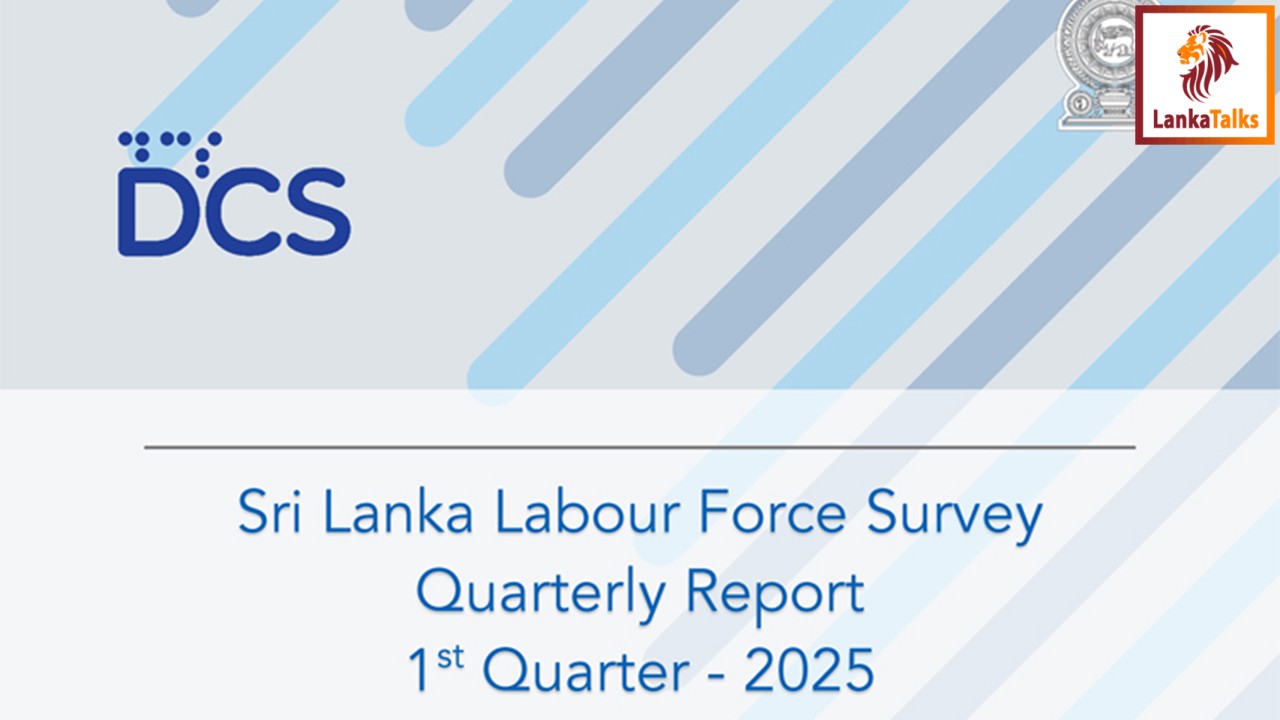Sri Lanka's labor market showed significant signs of recovery in the first quarter of 2025, with the unemployment rate dropping to a historic low of 3.8%, according to the latest Quarterly Report from the Department of Census and Statistics (DCS). This marks a notable improvement from 4.5% in the same period last year and reflects broader economic stabilization efforts following years of challenges.
The report, released on August 16, highlights a rebound in key indicators, including a rise in the labor force participation rate (LFPR) to 49.7% from 47.1% in Q1 2024. This uptick indicates more Sri Lankans aged 15 and over are either employed or actively seeking work, signaling growing confidence in job opportunities. The employed population grew to over 8.1 million, an increase of approximately 238,000 compared to the previous year, driven largely by gains in the services and industry sectors.
"These figures are encouraging and suggest that policy measures are beginning to bear fruit," said D.D.G.A. Seneviratne, Director General of Census and Statistics, in the report's preface. "The information in this report is very valuable and useful to make evidence-based decisions for various users to identify the issues as well as the changes in the labour market of Sri Lanka."
Breaking down the data by demographics, the unemployment rate for males fell to 2.5% from 3.1%, while for females it decreased to 6.3% from 7.4%. Youth unemployment, a persistent concern, also improved markedly: the rate for those aged 20-29 dropped to 13.8% from 17.1%, with the 20-24 age group seeing a decline from 20.7% to 18.3%. However, gender disparities remain, with women still facing higher unemployment rates overall.
Sectoral shifts underscore evolving economic priorities. Agriculture's share of employment shrank to 23.4% (1.9 million workers) from 25.8%, possibly due to seasonal factors or migration to urban jobs. In contrast, services expanded to 50.3% (4.1 million workers), up from 49.5%, while industry held steady at 26.2% (2.1 million workers). Rural areas, which account for the bulk of the workforce, saw LFPR rise to 50.2%, compared to 47.0% in urban zones.
The survey, conducted from January to March 2025 using computer-assisted personal interviewing (CAPI) across 6,250 housing units, provides a comprehensive snapshot of the nation's workforce. It continues a tradition dating back to 1990, with ongoing refinements to align with international standards, such as revising the working-age population to 15 and above in 2013.
Experts attribute the positive trends to post-pandemic recovery, government initiatives in tourism and manufacturing, and improved macroeconomic stability. However, challenges persist, including underemployment— with 1.6% of workers reporting zero hours in the reference week—and higher not-in-labor-force rates among women (6.2 million out of 8.6 million total).
As Sri Lanka navigates its economic revival, these statistics offer policymakers a roadmap for targeted interventions, particularly in youth training and gender equity. The full report, including detailed tables on employment by occupation and education level, is available from the DCS website.


You Must be Registered Or Logged in To Comment Log In?



 A.R.B.J Rajapaksha
A.R.B.J Rajapaksha



